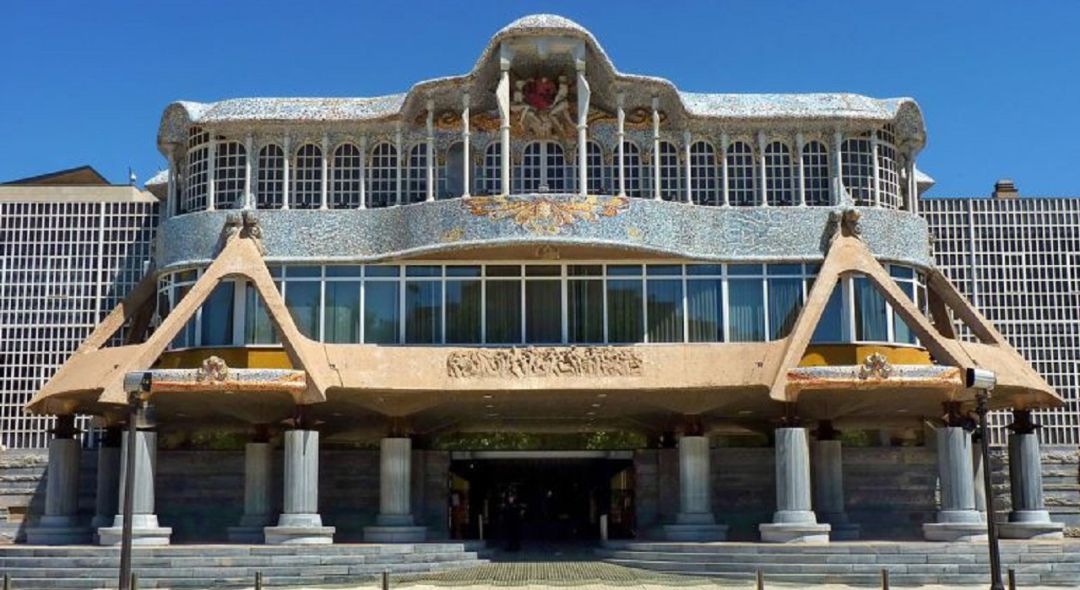
Cartagena ciudad milenaria, una de las más antiguas de Europa.
Por sus calles pasearon fenicios, cartagineses, romanos y bizantinos, que terminaron impregnando a la ciudad su actual carácter multicultural.
La ciudad se encuentra sobre cinco pequeñas colinas Monte de la Concepción, Cerro del Molinete, Monte de San José, Monte Sacro y Cerro de Despeñaperros.
Ciudad portuaria abierta al Mar Mediterráneo a través de una amplia bahía, delimitada a levante por la dársena de Escombreras y a poniente por el Cerro de La Torrosa.
La entrada a la ciudad está vigilada por una serie de castillos y baterías de costa construidos en los siglos XVIII y XIX.
La ciudad es la sede de la Asamblea Regional, órgano legislativo de la Comunidad Autónoma.

Entre sus entornos naturales se pueden visitar sus dos zonas protegidas: hacia el oeste, las playas de Cabo Tiñoso, entre las que se encuentra la playa de El Portús y hacia el este las playas que se ubican en el Parque Regional de Calblanque y Cala Reona.

Cartagena es uno de los destinos preferidos para la práctica del submarinismo en España, gracias a la belleza y conservación de sus fondos marinos. Destacando lugares como las reservas marinas de Cabo de Palos e Islas Hormigas, los paisajes protegidos de las islas del Mar Menor (Isla del Sujeto, del Barón, del Ciervo, Redondela y Perdiguera) o la reserva marina de interés pesquero de Cabo Tiñoso (al oeste de la ciudad), donde se pueden avistar las grandes praderas de posidonia, colonias de corales y su gran variedad de especies vegetales y animales.
Asimismo, se pueden encontrar vestigios de otras épocas, desde pecios romanos a barcos hundidos durante la Guerra Civil.
La zona de Cabo Tiñoso es la que ofrece un aspecto más salvaje y solitario de toda la costa de Cartagena, destacando sus preciosas calas como la Cala Cerrada, Cala Salitrona, Cala Boletes y Cala Aguilar, entre otras. La playa de La Azohía conserva, junto a una bien dotada infraestructura turística, el caserío marinero tradicional. Entre La Azohía y la vecina localidad de Mazarrón se halla Isla Plana, otro pueblo dedicado al turismo estival.
En los alrededores del entramado urbano, se encuentra el campo de Cartagena, que se extiende desde las sierras de Mazarrón y Carrascoy hasta el litoral del Mar Menor y el Mar Mediterráneo.
Una de las estampas típicas del Campo de Cartagena son los distintos tipos de molinos típicos de la zona marinera; ya sean de sangre, de viento, harineros, de elevar agua, esparteros o salineros; caracterizados por sus velas triangulares en lugar de las clásicas aspas, construidos por la necesidad de moler los productos y de extraer el agua de su subsuelo, unido a la existencia de vientos constantes y fuertes.
En la actualidad se conservan más de un centenar de estos elementos característicos del campo cartagenero.
El entorno de la cercana Sierra Minera de Cartagena, ha sido definido en ocasiones como de “paisaje lunar”. Se trata de grandes explotaciones a cielo abierto, que ofrecen una singular variedad de colores, todo ello completado por los restos de diversas construcciones de las explotaciones mineras, entre los que destacan los singulares “castilletes”.

Pero todo esto no es lo único con lo que cuenta la bella y milenaria ciudad de Cartagena, en cada uno de sus rincones y en cada una de sus calles y plazas se encuentran testimonios monumentales de su esplendoroso pasado histórico, siendo su máximo exponente el Teatro Romano entre otros lugares y museos.
Para saber más sobre esta Ciudad y sus lugares emblemáticos tendremos que esperar para la próxima entrega del Blog.


Cartagena is a millenary city, one of the oldest in Europe.
Phoenicians, Carthaginians, Romans and Byzantines passed through its streets, giving the city its current multicultural character.
The city of Cartagena is bounded by five small hills Monte de la Concepción, Cerro del Molinete, Monte de San José, Monte Sacro and Cerro de Despeñaperros.
A port city open to the Mediterranean Sea through a wide bay, bounded to the east by the Escombreras dock and to the west by the Cerro de La Torrosa.
The entrance to the city is guarded by a series of castles and coastal batteries built in the 18th and 19th centuries.
The city is the seat of the Regional Assembly, legislative body of the Autonomous Community.
Among its natural surroundings, Cartagena has two natural protected areas: to the west, the beaches of Cabo Tiñoso, including El Portús Beach, and to the east the beaches that are located in the regional park of Calblanque and Cala Reona.
Cartagena is one of the favourite destinations for scuba diving in Spain, thanks to the beauty and conservation of its seabed. Places such as the marine reserves of Cabo de Palos and Islas Hormigas, the protected landscapes of the islands of the Mar Menor (Isla del Sujeto, del Barón, del Ciervo, Redondela and Perdiguera) or the marine reserve of fishing interest of Cabo Tiñoso (to the west of the city), where you can see the large meadows of posidonia, colonies of corals and a great variety of plant and animal species.
The beauty and conservation of Cartagena’s seabed has made it one of the preferred destinations for scuba diving in Spain. Highlighting places such as the marine reserves of Cabo de Palos and Hormigas Islands, or the fishing interest marine reserve of Cabo Tiñoso (west of the city), highlighting the large posidonia meadows as well as the coral colonies that make up the habitat of numerous plant and animal species. Also, you can find vestiges of other eras, from Roman wrecks to ships sunken during the Spanish Civil War.
The area of Cabo Tiñoso is the one that offers a wilder and lonely aspect of the entire coast of Cartagena, highlighting its beautiful coves such as Cala Cerrada, Cala Salitrona, Cala Boletes and Cala Aguilar, among others. The beach of La Azohía preserves, along with a well-endowed tourist infrastructure, the traditional sailors’ hamlet. Between La Azohía and the neighbouring town of Mazarrón is located Isla Plana, another town dedicated to summer tourism.
Surrounding the urban area is the Campo de Cartagena, which stretches from the Mazarrón and Carrascoy mountain ranges to the coastline of the Mar Menor and the Mediterranean Sea.
One of the typical images of the Campo de Cartagena are the different types of mills typical of the maritime area; whether they are blood, wind, flour, water, esparto or salt mills; characterised by their triangular sails instead of the classic blades, built due to the need to grind products and extract water from the subsoil, together with the existence of constant and strong winds.
More than a hundred of these characteristic elements of the Campo de Cartagena are still preserved today.
The environment of the nearby Cartagena’s mining range, has been defined sometimes as «moon landscape». These are large open air mining operations, which offer a unique variety of colours, all completed by the remains of various constructions of mining operations, among which the unique «castilletes» stand out.
But this is not the only thing that the beautiful and millenary city of Cartagena has to offer, in each of its corners and in each of its streets and squares there are monumental testimonies of its splendid historical past, its greatest exponent being the Roman Theatre, among other places and museums.
To find out more about this city and its emblematic places we will have to wait for the next instalment of the Blog.
